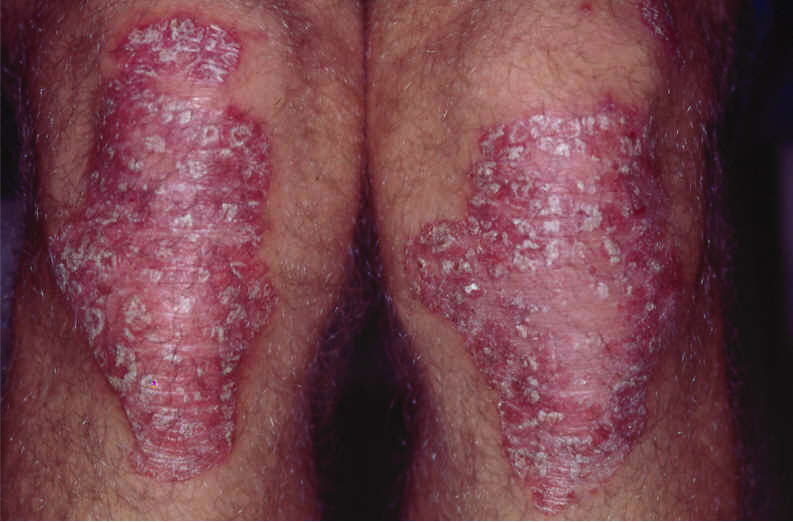What is Psoriasis?
Psoriasis comes from the Greek word ‘psora’, which means itching. It is also known as psoriasis. The skin area where the disease is located becomes reddened. Thick silver-colored crusts form on it. The scalp, knees, elbows and the lower part of the back are areas that are often affected. Some cases are so mild that the person is not aware of the disease. On the other hand, it may be severe in such a way that it holds a large part of the body. Even in these very severe cases, there are useful treatment methods. Although psoriasis can occur in more than one person in the same family, it is not contagious. The incidence of the disease in society ranges from 1 to 3 percent. Dec.
What is the cause of psoriasis?
The cause is unknown. However, current research indicates that an abnormality in the white blood cells in the blood triggers an inflammatory event and leads to the development of the disease. Due to inflammation, the skin sheds every three or four days. This is seven to eight times faster than normal. Patients notice the appearance of new plaques in the style of mottling 10-14 days after scratching, plucking, injury or excessive sunburn on the skin. Psoriasis can also gain activity after certain infections, such as streptococcal throat inflammation, along with the intake of certain medications. Flare-ups are in the winter months because the skin dries out and sunlight has decreased.
Types of psoriasis
The disease can be seen in various forms. These forms have different characteristics in terms of the form, severity, duration of continuation, location of the disease. The most common form initially has a small red puffiness.Gradually, enlargements and crusts appear. When the scabs are removed, small red bleeding areas appear on the bottom.
Knees, elbows, groin area and genital area, arms, legs, palms and soles of the feet, scalp, body folds are the most common areas of psoriasis.
If there is psoriasis on the nail, depressions in the form of dots appear on it. The nail bed thickens, takes on a cheesy appearance. It is difficult to treat.
Psoriasis can be seen in an unusual style in the armpit, groin area, genitals, under the chest.
Guttate psoriasis is usually seen following an inflammation of the throat. Usually children are affected. Numerous small red, crusty spots appear on the body. It disappears on its own within weeks or months.
Up to 30% of people with psoriasis experience complaints of joint inflammation. functional disability occurs in 5-10% of various joints due to an inflammatory event. In some people, complaints of joint inflammation may worsen when skin involvement increases. Sometimes, when the skin involvement improves, joint complaints also improve.
How is it treated ?
The aim is to reduce the inflammatory condition and control the crusting and shedding of the skin. Moisturizing creams and lotions help to remove flakes on the skin and control itching. There is no need to follow a special diet in the treatment of psoriasis. Treatment is planned taking into account the patient’s general health, age, lifestyle and the severity of psoriasis. Various types of treatments may be required and it is necessary to follow the controls recommended by the doctor.
The doctor may prescribe cortisone-like products, synthetic vitamin D, drugs containing tar or anthralin to be applied to the diseased skin. These can of course be used in combination with sunlight or ultraviolet light. Medications that will be taken orally may be needed to treat the most severe forms of psoriasis. Sunlight may be recommended in addition to this treatment. Many of the patients benefit from sunlight. However, care should be taken during this application. Excessive exposure to the sun can exacerbate the disease. Of course, ultraviolet therapy, which uses a light similar to sunlight, can be applied by a skin disease specialist in practice or hospital conditions.

